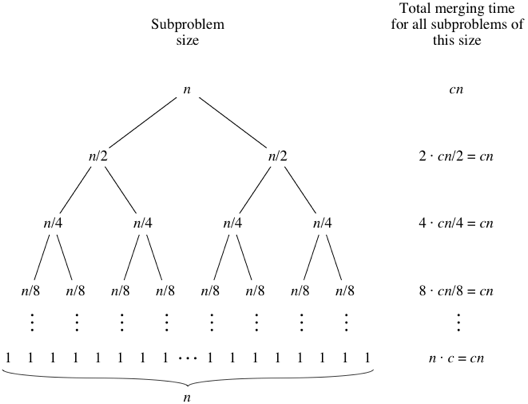2 Way Merge Sort Program In C
Contents.2-way merge A 2-way merge, or a binary merge, has been studied extensively due to its key role in. An example of such is the classic merge that appears frequently in merge sort examples. The classic merge outputs the data item with the lowest key at each step; given some sorted lists, it produces a sorted list containing all the elements in any of the input lists, and it does so in time proportional to the sum of the lengths of the input lists.Denote by A1.p and B1.q two arrays sorted in increasing order.Further, denote by C1.n the output array.The canonical 2-Way merge algorithm stores indices i, j, and k into A, B, and C respectively.Initially, these indices refer to the first element, i.e., are 1.If Ai. Loser treeFor k-way merging, it is more efficient to only store the loser of each game (see image). The data structure is therefore called a loser tree. When building the tree or replacing an element with the next one from its list, we still promote the winner of the game to the top. The tree is filled like in a sports match but the nodes only store the loser.

Usually, an additional node above the root is added that represents the overall winner. Every leaf stores a pointer to one of the input arrays. Every inner node stores a value and an index. The index of an inner node indicates which input array the value comes from.
The value contains a copy of the first element of the corresponding input array.The algorithm iteratively appends the minimum element to the result and then removes the element from the corresponding input list. It updates the nodes on the path from the updated leaf to the root ( replacement selection).
The removed element is the overall winner. Therefore, it has won each game on the path from the input array to the root. When selecting a new element from the input array, the element needs to compete against the previous losers on the path to the root. When using a loser tree, the partner for replaying the games is already stored in the nodes. The loser of each replayed game is written to the node and the winner is iteratively promoted to the top.

When the root is reached, the new overall winner was found and can be used in the next round of merging.The images of the tournament tree and the loser tree in this section use the same data and can be compared to understand the way a loser tree works.Algorithm A tournament tree can be represented as a balanced binary tree by adding sentinels to the input lists and by adding lists until the number of lists is a power of two. The balanced tree can be stored in a single array. The parent element can be reached by dividing the current index by two.When one of the leaves is updated, all games from the leaf to the root are replayed. In the following, an object oriented tree is used instead of an array because it is easier to understand.

Merge Sort Program In C
See also:k-way merges are used in external sorting procedures. Are a class of sorting algorithms that can handle massive amounts of data. External sorting is required when the data being sorted do not fit into the main memory of a computing device (usually RAM) and instead they must reside in the slower external memory (usually a hard drive).
2 Way Merge Sort Program In C++
K-way merge algorithms usually take place in the second stage of external sorting algorithms, much like they do for merge sort.A multiway merge allows for the files outside of memory to be merged in fewer passes than in a binary merge. If there are 6 runs that need be merged then a binary merge would need to take 3 merge passes, as opposed to a 6-way merges single merge pass. Vba internet explorer save file. This reduction of merge passes is especially important considering the large amount of information that is usually being sorted in the first place, allowing for greater speed-ups while also reducing the amount of accesses to slower memory.References.
Private static void merge(final E source,final E target,final int p1,final int p2,final int p3,final int p4) This is a rather. Vertical way of writing a function signature. It's not immediately apparent what the last 4 parameters might be, which makes the method harder to use than it needs to be.Looking at how it's called: merge(source, target, fromIndex, MID1, MID2, toIndex);It looks like the last 4 parameters could have more meaningful names than p1, p2, p3 and p4, given the arguments being passed - at least p1 and p4 ( fromIndex/ toIndex).